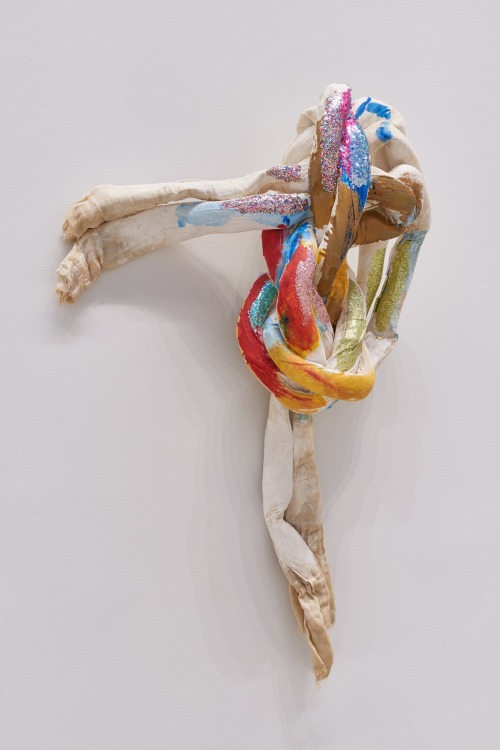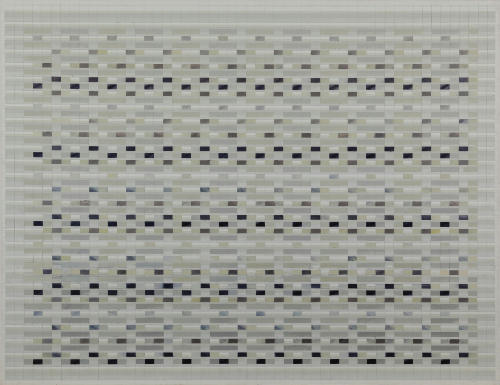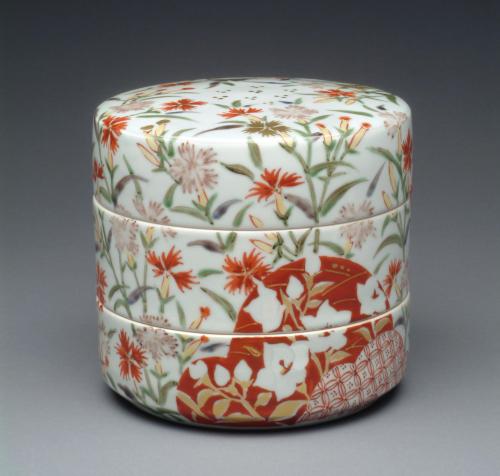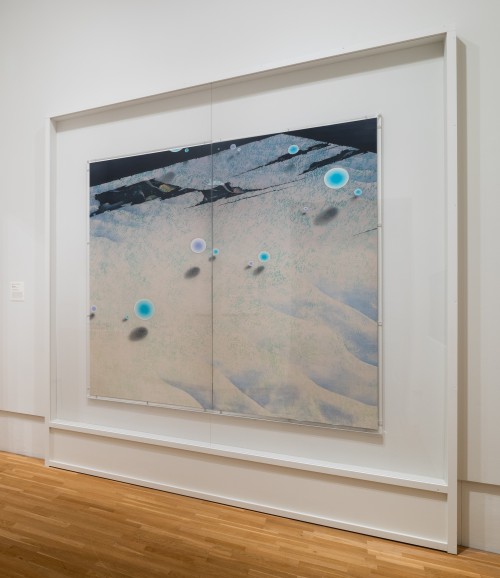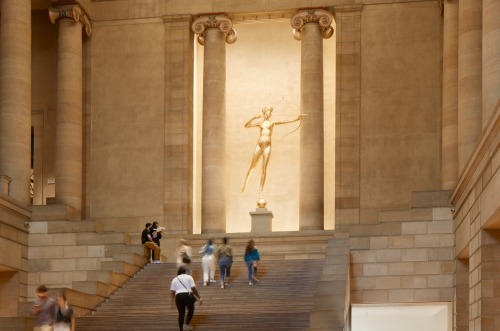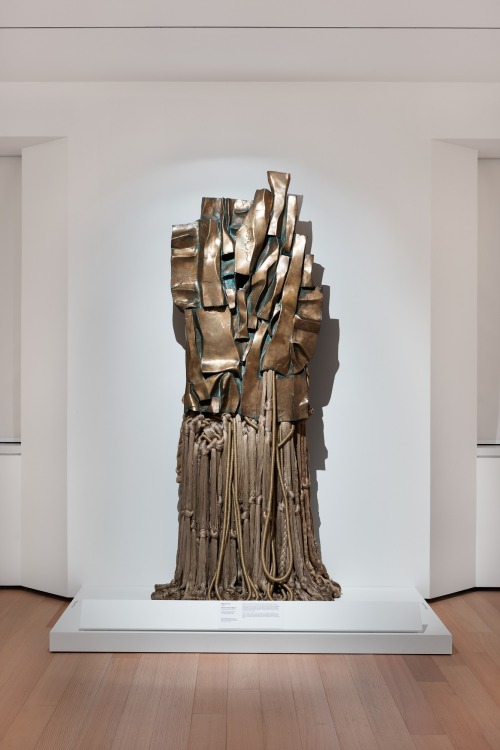#philadelphia museum of art
“The true artist helps the world by revealing mystic truths.” Philadelphia museum of art. Philadelphia. July 18, 2015
Post link
The Return of Ulysses, Romare Bearden, 1976
Screenprint
18 ¾ x 22 ¾ in. (47.6 x 57.8 cm)
Philadelphia Museum of Art, Philadelphia, PA, USA
Post link
Find yourself a warm spot in the sun and enjoy a well deserved nap. Happy National Napping Day!
“Untitled (Cat on a Chair),” around 1925–31, by László Moholy-Nagy
Post link
Wanda Gág, who was born on this day in 1893, is publicly on record as a feminist and standard bearer for the “New Woman”—a twentieth-century ideal emphasizing autonomy and individuality. Here she presents an image of herself engaged in the act of drawing this very work.
“Self-Portrait in Dresser Mirror: Cream Hill,” 1930, by Wanda Gág
Post link
Fern Isabel Coppedge was an Impressionist painter who studied at Pennsylvania Academy of the Fine Arts and the Philadelphia School of Design for Women (now Moore College of Art & Design) before moving to New Hope, Pennsylvania, in 1929. She was one of the few women artists associated with the Pennsylvania Impressionist group and became well-known for her paintings of Bucks County landscapes, winter scenes, and marine subjects. This particular work depicts the harbor in Gloucester, Massachusetts, where she spent many summers. Although undated, the work’s imaginative color scheme suggests that Coppedge painted it fairly late in her career.
“Drying Sails, Gloucester” date unknown, by Fern Isabel Coppedge
Post link
Happy International Women’s Day! We can’t think of a better moment to join the National Museum of Women in the Arts in their effort to highlight the imbalance in gender representation in the arts. Can you name 5 Women Artists? Follow along this month as we share more of the amazing work by women artists in our collection. And visit these five artists and more in our galleries during your next visit.
“A Message in Nestle Water Bottles from Shea Cobb, Amber Hasan, Macana Roxie and LaToya Ruby Frazier at Sussex Drive and West Pierson Road, Flint MI,” 2017, by LaToya Ruby Frazier. "Portrait of Cecil Kent Drinker,“ 1891, by Cecilia Beaux. ”Epsilon,“ 1972, by Lynda Benglis © Lynda Benglis / Licensed by VAGA at Artists Rights Society (ARS), New York. ”notation in x, y, z,“ 2015, by Tanya Goel © Tanya Goel. ”Two-Tiered Food Box (Picnic Box) with Design of Pinks and Bellflowers,“ around 2000, by Keiko Mori.
Post link
Otani Chie created the abstract shapes on this textile with a wax-resist (rōzome) technique. She first covered select areas of the cotton fabric’s surface with molten wax to prevent them from absorbing dye. Then she dipped the piece in a dye vat and repeated the process to create each colored form.
See this textile in our installation “Kōgei: Art Craft Japan.”
“Pleasure in Land and Sea,” 1995, by Otani Chie © Otani Chie
Post link
Doris Caesar once said, “I try to be emotional, and yet get away from reality.” Characteristic of her expressive work, this figure is elongated and gaunt. The surface of the piece is covered with marks left by the artist’s hands as she worked the clay that would later be cast in bronze. With her slumped posture, drooping shoulders, and downturned facial features, the widow’s body appears to convey the emotional weight of her grief.
See this sculpture in our newest installation “Elegy: Lament in the 20th Century.”
“The Widow,” around 1930–50, by Doris Caesar
Post link
Philadelphia-born Sarah Dodson studied in the city before moving to France and England, where she developed her talent for imaginative historical figure painting. In this picture she references the famous honey that the beekeepers of ancient Athens produced in the Hymettus mountains. Visit this portrait in our American galleries.
“Honey of the Hymettus,” 1891, by Sarah Paxton Ball Dodson (On loan from the Thomas H. and Diane DeMell Jacobsen Ph.D. Foundation)
Post link
Auguste Rodin’s belief in the expressive power of every aspect of human anatomy led to some of his most radical experiments, like this sculpture of two right hands. With their fingertips about to touch, these hands suggest a partnership or solidarity between two individuals. See this sculpture and more on view in “Rodin’s Hands” at the Rodin Museum.
“The Cathedral,” modeled 1908 by Auguste Rodin; cast 1925 by Alexis Rudier
Post link
Augustus Saint-Gaudens, who was born on this day in 1848, was recognized at the turn of the century as the country’s finest sculptor and “Diana” is arguably his best-known work. See this goddess reign over our Great Stair Hall when you visit the museum.
Photo by Elizabeth Leitzell. “Diana, 1892–93, by Augustus Saint-Gaudens
Post link
Happy Women’s History Month! We’ll be celebrating all month long by sharing some of the amazing work in our collection and on view by women artists.
First up is American Modernist Georgia O’Keeffe. After moving to New York City in 1918, O’Keeffe began spending summers at Alfred Stieglitz’s family home on Lake George in upstate New York. “From the Lake No. 3” is one of her most abstract paintings inspired by those surroundings. She embraced the colors of the region, evoking a sense of the place without depicting its literal qualities. See this painting on view in our American galleries.
“From the Lake No. 3,” 1924, by Georgia O’Keeffe
Post link
Henry Ossawa Tanner painted “The Annunciation” soon after returning to Paris from a trip to Egypt and Palestine in 1897. The son of a minister in the African Methodist Episcopal Church, Tanner specialized in religious subjects and wanted to experience the people, culture, and architecture of the Holy Land. In this painting Tanner has given a familiar narrative unconventional treatment by weaving together ancient and modern, and spiritual and material threads into his compelling image. Mary becomes a relatable young woman, stunned by the apparition that appears before her. A success at the Paris Salon in 1898, the painting was shown the next year in Philadelphia, where it was purchased for the museum. Among the first contemporary American paintings acquired for the collection, it was also the first of Tanner’s works to enter a museum in the United States. See this highlight of our collection on view in our American galleries.
“The Annunciation,” 1898, by Henry Ossawa Tanner
Post link
Happy birthday to Samella Lewis, who was born on this day in 1924. Lewis is an internationally celebrated artist, curator, editor, and trailblazing art historian who wrote the first survey of African American art history. Her devotion to education is reflected in this stoic image of a young boy clasping a book.
“Boy on Bench,” 2007, by Samella Lewis
Post link
Barbara Chase-Riboud created this monumental sculpture by combining angled bronze forms with bundles of wrapped and knotted fibers. The artist was living in Paris at the time, having moved there in 1960 from her birthplace of Philadelphia. Even though she was abroad, the events of the civil rights movement in the US greatly affected Chase-Riboud and inspired her to dedicate a series of sculptures to the Black Muslim minister and activist Malcolm X. “Malcolm X #3” is a tribute to and celebration of the leader, rather than an icon of mourning. The series was not meant to represent the man in a literal sense or to lament his assassination. The artist instead created the sculptures on an aesthetic basis and dedicated them to Malcolm X as an historical person.
See this sculpture on view in our new exhibition “Elegy: Lament in the 20th Century.”
“Malcolm X #3,” 1969, by Barbara Chase-Riboud © Barbara Chase Riboud
Post link
Pierre-Auguste Renoir, who was born on this day in 1841, was a leading figure in the Impressionist movement. With its daubs of paint and bright colors, “The Grands Boulevards” is a classic example of the style. In this painting, the hustle and bustle of life in Paris is transmitted through Renoir’s visible paint strokes, allowing the viewer to perceive the scene as though it is passing by. See this painting in our European art galleries.
“The Grands Boulevards” 1875, by Pierre-Auguste Renoir
Post link
Using found materials such as mop strings and broken glass, Thornton Dial, Sr., created this monumental, abstracted representation of Dr. Martin Luther King, Jr., exploring the intersection of the secular history of King’s assassination and the sacred history of Christianity. The central tiger—Dial’s primary emblem for representing Black men in his early work, because of the cat’s survival skills—symbolizes King on April 3, 1968. In the lower left-hand corner, we see with a table set with metal pots and pans, representing the Last Supper—the final meal Jesus shared with his twelve apostles the night before the Crucifixion—and signifying the impending murder of the civil rights leader.
See this work on view in our new exhibition “Elegy: Lament in the 20th Century."
”The Last Day of Martin Luther King,“ 1992, by Thornton Dial, Sr. © Estate of Thornton Dial / Artists Rights Society (ARS), New York
Post link













